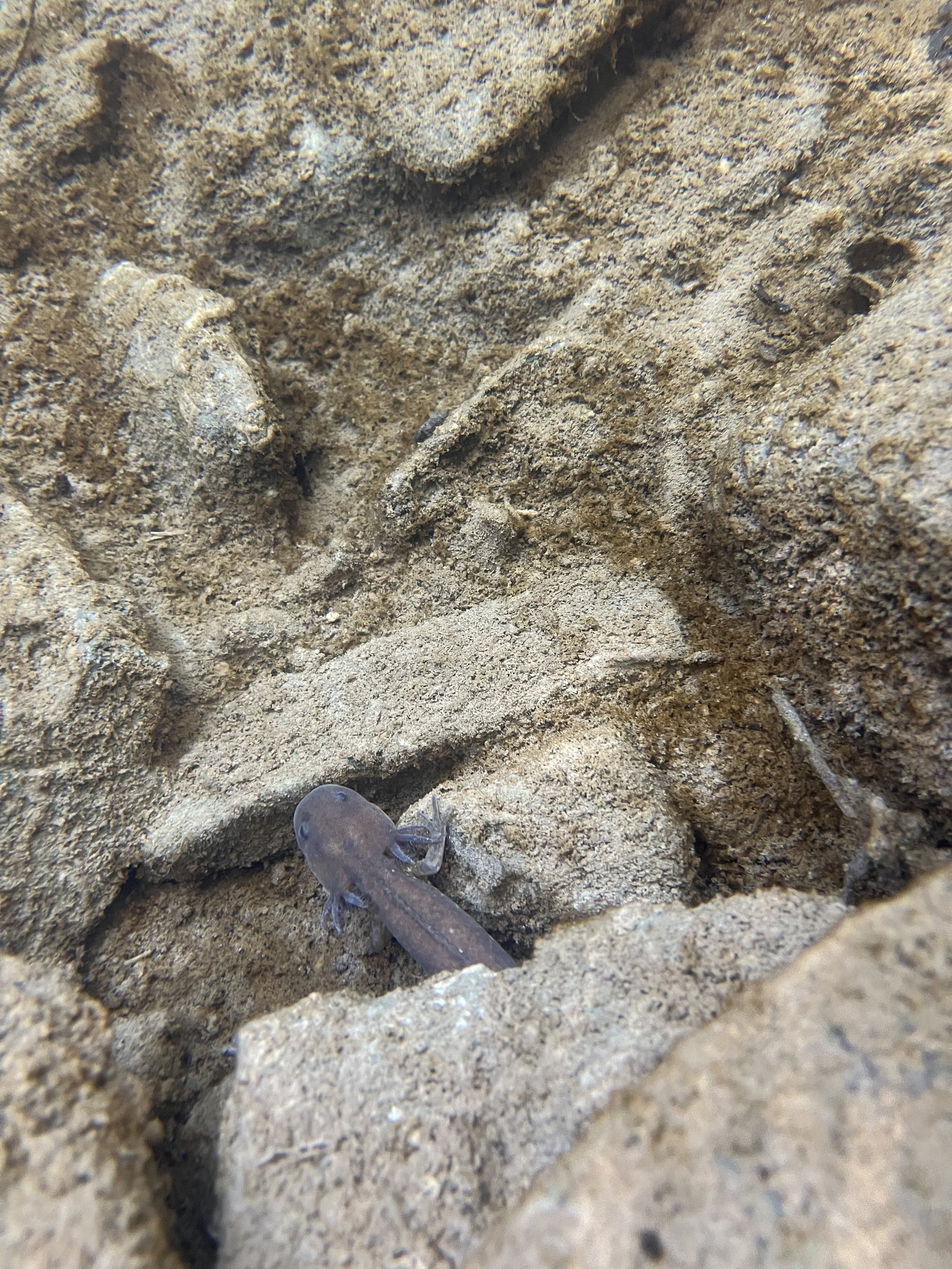This winter, I escaped the chilly winter days of Ohio for 5 weeks by taking my practice, completely virtually, with me to Mexico. The majority of that time was spent living and working from San Miguel de Allende, a beautiful town built on a bed of rose quartz. But there was also lots of healing time spent in nature: visiting the monarch colonies in Michoacán, hiking in forests reminiscent of the PNW, soaking in natural hot springs and exploring the diverse bioregions of the Sierra Gorda.
While traveling, I love to learn about the health benefits and medical implications of local flora, fauna and foods. I wanted to share just a few of them with you here.
Hibiscus
Hibiscus produces a beautiful flower that is an excellent plant ally in certain cases of hypertension. I came across it frequently as a hot tea or as a cold drink (Agua Fresca de Jamaica) while in central Mexico, and also tried cooked hibiscus flower tacos. Therapeutically, hibiscus is used to lower blood pressure levels, and has a similar mechanism of action to lisinopril, an ACE inhibitor that is commonly prescribed for hypertension. Clinical trials have shown that hibiscus tea has a significant impact on lowering systolic blood pressure levels in pre-hypertensive and mildly hypertensive patients.
Opuntia
Opuntia, or prickly pear cactus, contains compounds that lower elevated blood sugar and normalize metabolism. Human studies have shown that Opuntia has anti-diabetic and anti-oxidant effects, and there is other research that implicates therapeutic benefit for metabolic syndrome, non-alcoholic fatty liver disease, cancer and viral and bacterial infections. Known as nopal in Mexico, Opuntia is commonly consumed as food. The leaves are cut into strips and cooked. The fruit is rich in vitamin C, which contributes to its antioxidant effects in humans. Its high concentration of betalains, phytochemicals that give color to the fruits of Opuntia, is also a large contributing factor to its antioxidant and anti-inflammatory properties.
Axolotl
While in the Sierra Gorda mountains, I was fortunate enough to see some elusive Axolotls, fondly referred to as “monsters of the river” by our local guide, in unpolluted, crystal clear streams and pools. Axolotls are fascinating, unique creatures as they are able to regenerate their limbs and spine throughout their life. For this reason, they have huge medical implications and research is being conducted on their genome, as well as immune and nervous systems to learn more about this regenerative capability and investigate the possibility of regeneration of human limbs, and possibly even organs, in the future. They are also studied in cancer research due to their apparent resistance to cancer.
We can take a message for our own health from what is happening to the Axolotl. They are very sensitive to their environment, due to their permeable skin. Increasing levels of pollution (thank you to us humans) is unfortunately resulting in fewer environments that are habitable for them. Although we aren’t quite as sensitive to our environment as Axolotls, we humans also thrive in environments of lower pollution, toxins and pesticides/herbicides. Of course we cannot live in a bubble, but there are areas of our lives and environment that we can control, starting with the chemicals we keep in our home and what we put on our bodies. To learn more about how to lower your toxic load at home, click here, and to learn more about lowering the toxic load you put directly on your skin click here.
P.S. If you’re traveling soon, and wondering what I include in my naturopathic travel kit, you can find more info here:




